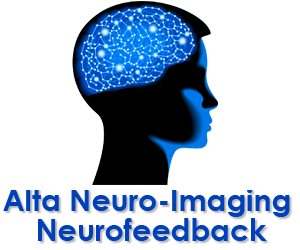1. “How can I tell if my child has ADHD?”
There is a lot of misinformation and uninformed opinions about this disorder. Unfortunately, it often comes from people who are supposed to know. Most people think of ADHD in terms of its symptoms, as these are the most apparent to them. However, symptoms do not determine whether or not the disorder is present. This can become problematic if ADHD is diagnosed without proper testing; often times another problem causing ADHD symptoms is missed. The only objective way to determine if the symptoms are a result of ADHD is to examine the underlying neurological processes and see if the misalignment that causes the disorder is actually present. This can be done easily through a simple form of testing by the proper professional.
2. “Is medication the only effective form of treatment for ADD/ADHD?”
The common serious side effects and rigors of medication unfortunately cause many parents to deny even the possibility of the disorder’s presence in their children. As a result, proper testing and simple treatment of the disorder does not take place, leaving the child to struggle unnecessarily and fail both academically and socially. Fortunately, there is a highly successful, side effect-free treatment option which we shall discuss later.
3. “My child was doing fine until she hit third grade; now all of a sudden she is struggling. Can ADHD come on out of nowhere like this?”
While a sudden onset of the disorder is possible, particularly when there is some type of brain trauma, what this typically means is that ADHD has always been present, but the effects are now starting to manifest. The high intelligence typically associated with the disorder can mask its effects until the cumulative complexity of material being learned and/or the increasing abstractness of the subjects (math, for example) finally catches up with the child and becomes overwhelming. This is one of the points where it usually comes to a parent’s attention, although earlier testing and treatment is very important.
4. “Does my child have to be hyperactive to have ADD or ADHD?”
No, there are actually three distinct forms of the disorder: Primarily Inattentive, Hyperactive-Impulsive, and Combined Form (a combination of the first two forms). Hyperactivity as a symptom is not uncommon, but certainly not necessary for the disorder to be present. The inattentive form of the disorder is quite prevalent.
As previously mentioned, there is a major alternative to medication. Neurofeedback is a drug- and side-effect-free procedure in which the individual learns to retain the attention mechanisms of the brain, alleviating the condition. Once training is completed, no further treatment is necessary.



